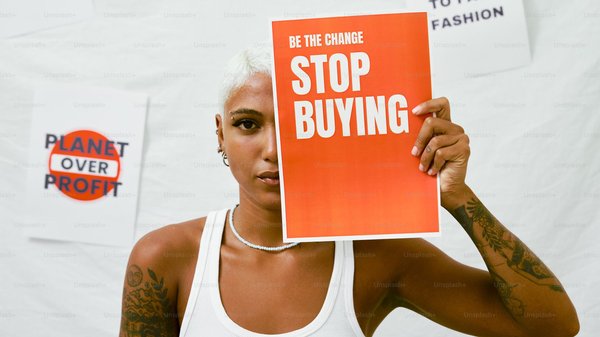Getting the measure of Experiential /
Collider's head of strategy, Charlotte Bunyan, on creating the optimum brand experience

Experiential marketing is growing with one in three CMOs committing to allocate 30- to 50% of their budget to it in the next 12 months (according to a 2018 Warc study) and brands looking for increasingly innovative ways to connect with experience-seeking consumers through real-world interactions.
Meanwhile, the quarterly IPA Bellwether report published last month showed overall marketing budget growth hit its slowest rate in three years, putting even more pressure on brands to demonstrate the value of all of their marketing activity.
But how can you make sure that you are creating the optimum experience for your brand? With the help of leading behavioural scientist, Stephen Donajgrodzki, Collider developed a behavioural framework that can help.
Adapted from Holbrook’s framework of self, the first step is to identify which consumer ‘need state’ your brand most gravitates towards.

Social proof is where we see extrinsic ‘visible’ choices – the car you drive, the clothes you wear, the bag you carry or the phone you own – acting as a reflection or reinforcement of your personal identity.
Self-confidence is where we find brands that help give inner confidence: treats or guilty pleasures that make us feel good about ourselves. It’s about ‘intrinsic’ value, reinforcing our internal self-image and self-worth.
Social currency is where we use brands - and brand experiences - to inform, entertain, engage, amuse or even show solidarity with others.
Once you’ve determined which of the three ‘need states’ your brand gravitates more strongly towards, you’ll have a clearer indication of the type of experience that will best suit it.
This becomes interesting when you plot it against the reach and engagement chart.

Benefit Cosmetics, for example, falls firmly within ‘self-confidence’. Here trial and reinforcement are key, and more personalised and involved experiences bring greater value. The experience created for The Good Ship Benefit on the R.S. Hispaniola on Victoria Embankment was an excellent example of this. It ran for five-months, with a series of highly immersive and engaging experiences – from the more expected complimentary make-up tutorials and pampering to curated film sessions and surreal tea ceremonies with infusions served inside a magician’s hat!

In contrast, an FMCG brand such as Hello Fresh may gravitate more towards social currency, where trial, pop-ups and giveaways play an integral part in getting the brand in people’s hands. Hello Fresh’s first physical retail experience as a pop-up shop ran for four weeks in Old Street station and, to further drive ‘social currency’, they donated 10% of proceeds to The Felix Project, a London-based charity dedicated to reducing food waste and poverty. Hand in hand with this, it ran a competition to encourage people to share pictures of themselves by their temporary store in order to win a free Hello Fresh box, as well as running an on-pack promotion for a money-can’t-buy foodie trip to Florence for two people. This was all designed to drive up shareability, and widen the conversation around the brand in order to encourage others to try it.

Finally, luxury sports car manufacturer, Jaguar, is the personification of the ‘social proof’ category and its launch of the XE delivered across the reach and engagement spectrum. This experience included an exclusive performance by Emeli Sandé to a 200-strong VIP crowd and a further 2000 special invitees saw the unveiling at Earls Court whilst the new Jaguar XE had its own ‘James Bond moment’ as it was flown across the Thames by helicopter: a moment that was live-streamed and watched by thousands online.

Whilst more work needs to be done to establish a common measurement framework, it is heartening to see that that the IPM (Institute of Promotional Marketing) has been working towards this and aims to benchmark ROI by sector and discipline. According to the Institute, initial results demonstrate that ROI from experiential compares "extremely favourably" with those from other media.
It’s great that this sector is in such rude health, but in order to sustain, grow and reaffirm its status as one of the most influential marketing techniques, both now and in the future, the industry needs to continue to step up its approach to accountability and results.
If you want more analysis of the year’s best creativity and most important trends, book a ticket for Most Contagious. This must-attend event on 6 December crams a year’s worth of insights, trends and technology into a single day to help brands and agencies create work that’s fit for the future. If you're looking for the inspiration to help you steal a competitive advantage, click here.
Want more of the same? /
We don’t just write about best-in-class campaigns, interviews and trends. Our Members also receive access to briefings, online training, webinars, live events and much more.






